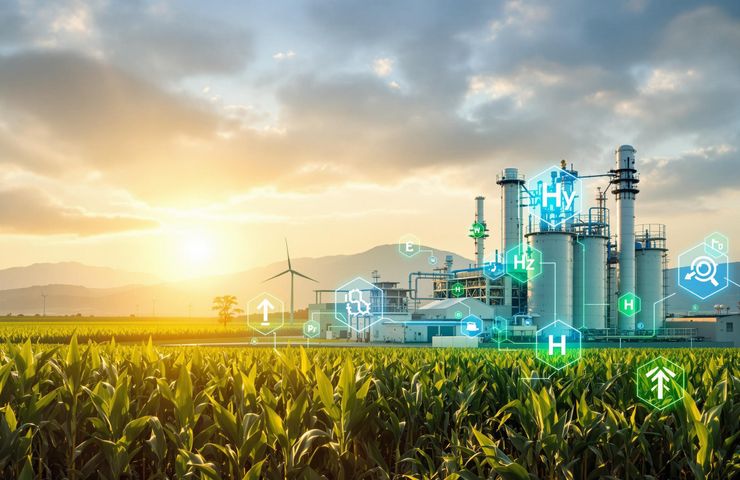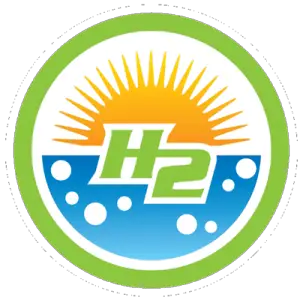
Hydrogen Production Breakthrough: SECLG Converts Sugarcane Waste into High-Purity Green Fuel
July 17, 2025Researchers at the University of Johannesburg are shaking things up in the world of green hydrogen production with a fresh approach that could be a game-changer for the industry. They’ve created a simulation of something called Sorption-Enhanced Chemical Looping Gasification (SECLG)—and while the name might be a mouthful, the idea is pretty exciting. Basically, the process turns sugarcane bagasse—a type of agricultural waste—into high-purity hydrogen, all while capturing CO2 as part of the reaction. Compared to traditional biomass gasification, this method is cleaner, cheaper, and more efficient.
Hydrogen yields and less mess
One of the standout features of this method is how much hydrogen it can produce—up to 69%, according to the simulation. Even better, it cuts down significantly on tar formation, which is a common headache in other gasification processes. Plus, since it captures carbon during the reaction, it doesn’t need a separate, expensive CO2 capture system. That’s a huge win for anyone looking to cut emissions without breaking the bank.
A big win for sugar-producing countries
There’s also a major upside for countries like South Africa, Brazil, and India, where sugarcane is already a significant part of the economy. Since they already have the biomass infrastructure in place, they could adapt SECLG to kickstart local green hydrogen production, turning agricultural waste into something incredibly valuable—and helping with industrial decarbonization in the process.
The road ahead: turning theory into reality
Right now, we’re still talking about simulations, so there’s work to be done before this tech can roll out at an industrial scale. The researchers are hopeful, but say more testing and investment are crucial to bringing SECLG into the real world. Still, it’s a promising step forward—and one that could make clean hydrogen more accessible, especially in regions already rich in biomass resources like sugarcane bagasse.
Source: scienceDirect



 With over 15 years of reporting hydrogen news, we are your premier source for the latest updates and insights in hydrogen and renewable energy.
With over 15 years of reporting hydrogen news, we are your premier source for the latest updates and insights in hydrogen and renewable energy.